What is buccal fat pad?
The so-called buccal fat pads are consistent fatty tissues, located between the mucous membrane of the cheeks and the surface of the skin. They are located below the malar bones.
Buccal fat pads perform certain functions at different ages:
A newborn – they reduce the degree of muscles friction during feeding.
A child – they protect the face and its muscles from injury.
An adult – they volumize the face, reduce the size of the malar bones, take part in the formation of the contours of the lower part of the face.
Despite its functionality, the older a person becomes, the more buccal fat pad begins to sag. Because of this, the clear facial contour is lost, it becomes more rounded, folds are formed at the lower part of the face.
Indications and contraindications for surgery
There are such indications:
- Congenital excess fatty tissues on the cheeks.
- Excess fat pads on the cheeks.
- Loss of facial contours after weight loss.
- Drooping cheeks, the formation of the loose jowls and nasolabial folds as a result of age-related changes.
- Lipofilling involves transposition of fat pads to the cheekbone area in order to give them clearly pronounced look by giving the volume.
- The need for additional correction, along with other plastic surgeries.
There are contraindications for such procedure:
- Diabetes mellitus.
- Chronic diseases (in the case of an acute condition).
- Obesity.
- Oncology diseases.
- Blood-clotting disorders.
- Serious weight changes.
- Mental illness, epilepsy.
- Connective tissues dysplasia.
- Planned weight loss or increase.
Also, it is necessary for the patients of 23-25 years of age to be careful since during this period the natural reduction of fat in the cheek area is possible.
Specifics of surgery
The surgery lasts from 30 minutes up to 1 hour on an average and can be performed under local as well as general anesthesia in the hospital.
The necessary examinations are performed before the surgery, which can take 1 hour.
During the surgery, incisions are made on the mucous membrane of the cheeks through intraoral access. Still, it is not always necessary to make such incisions. In the case of the facelift, buccal fat pads can be removed through the same accesses that were used for facelift. Self-absorbing sutures are applied after performing the necessary procedures. The patient stays in a clinical setting only one day.
Swelling after surgery subsides within 2-3 weeks. Fluid diet is necessary for the patient during this time. Physical activity is allowed in a month. The result of the surgery is long-term, in case of the absence of weight fluctuations.
The following side effects may occur after the surgery: numbness and swelling of the cheeks, slight discomfort, swelling, difficulty in chewing.
Asymmetry, innervation disorders and the development of infection are possible in some cases.
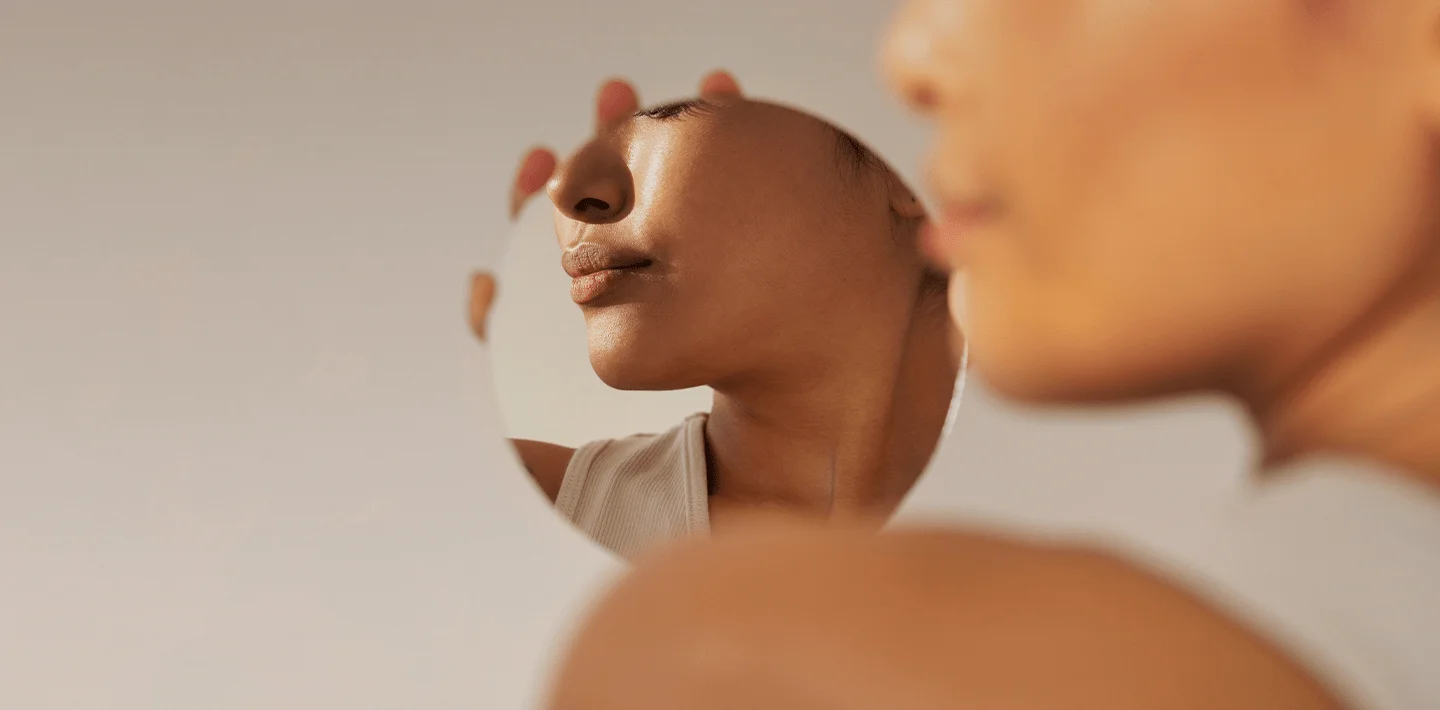
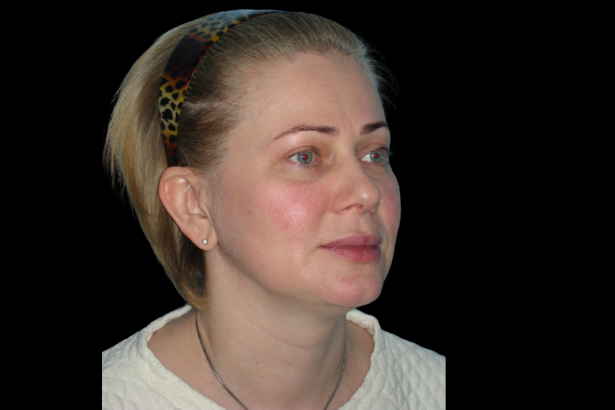
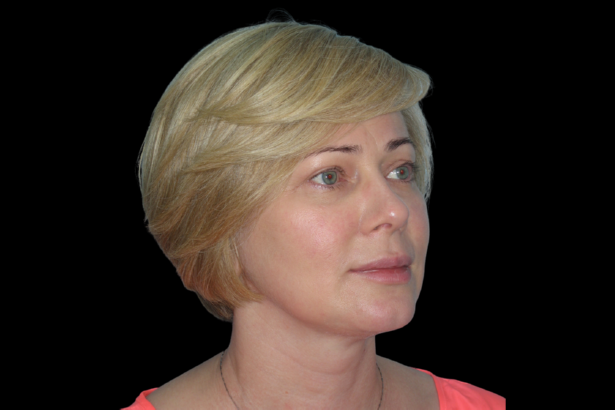

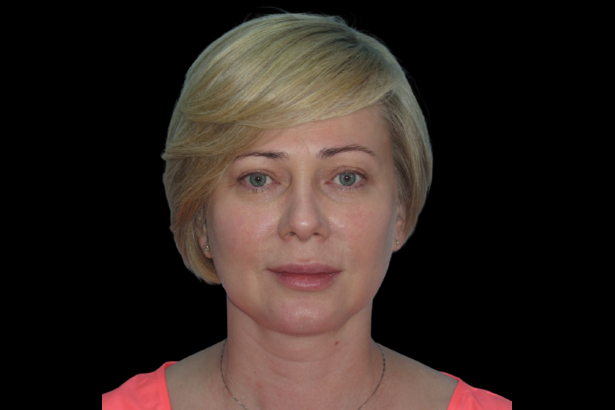
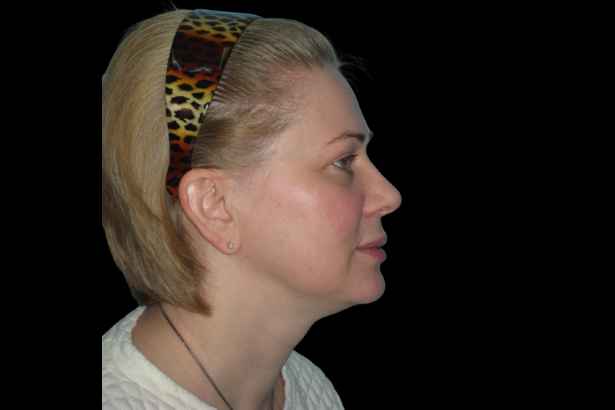
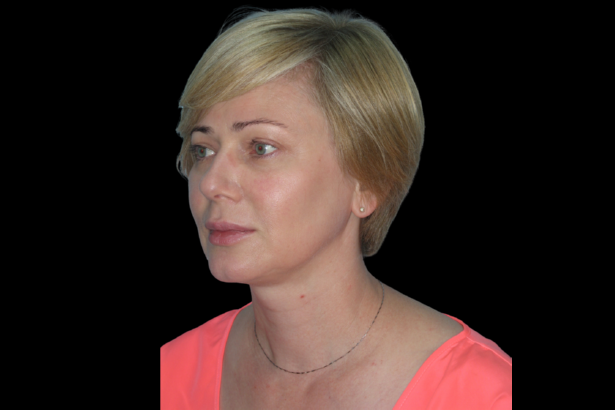
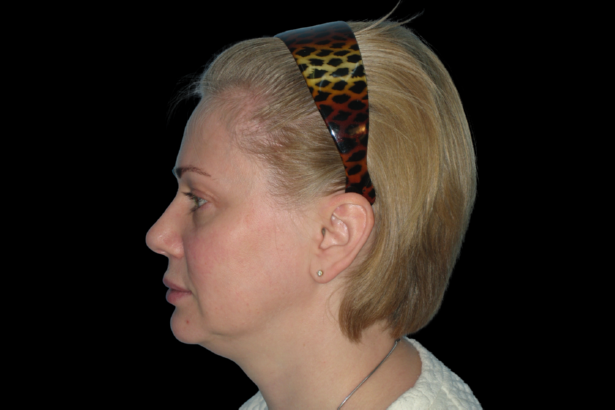
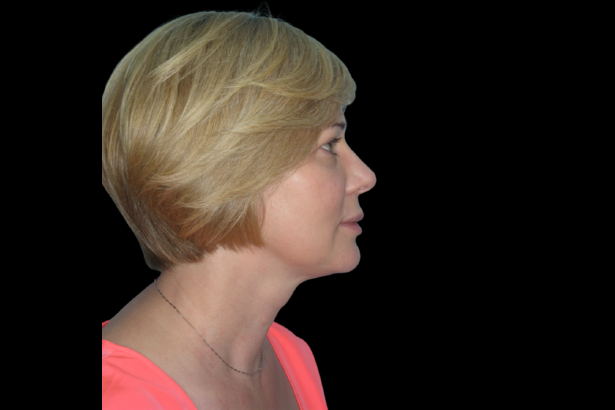
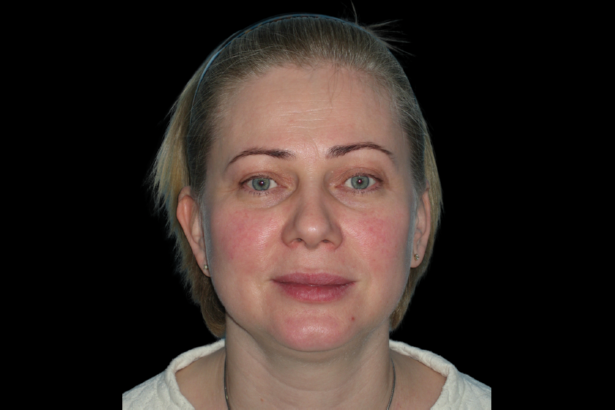
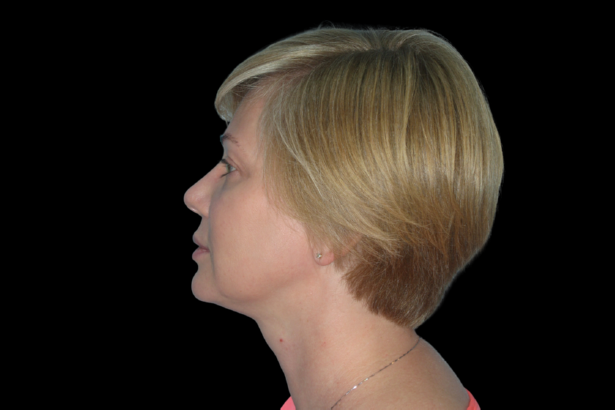
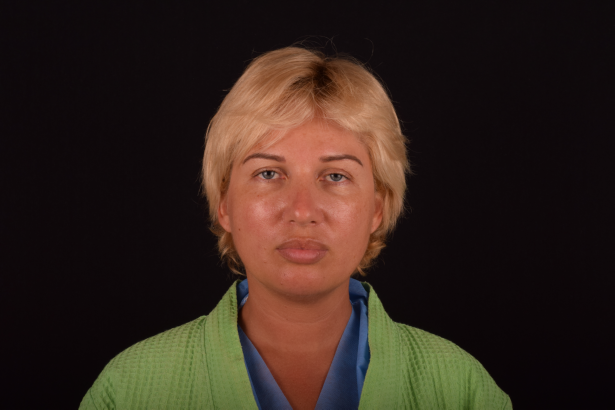
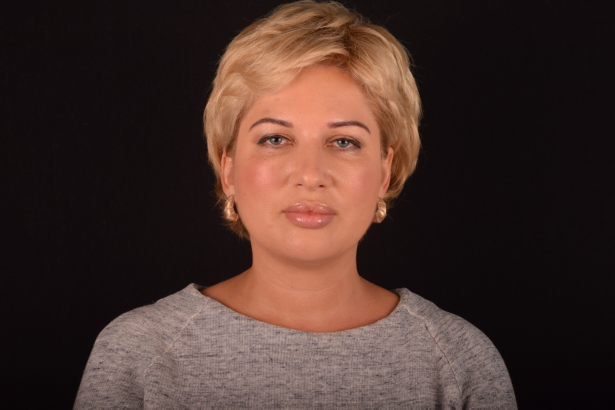
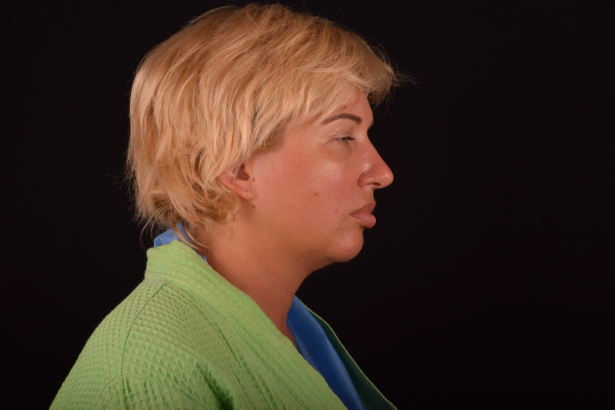
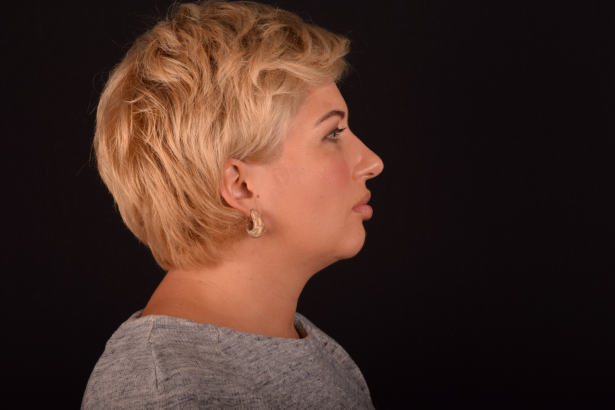
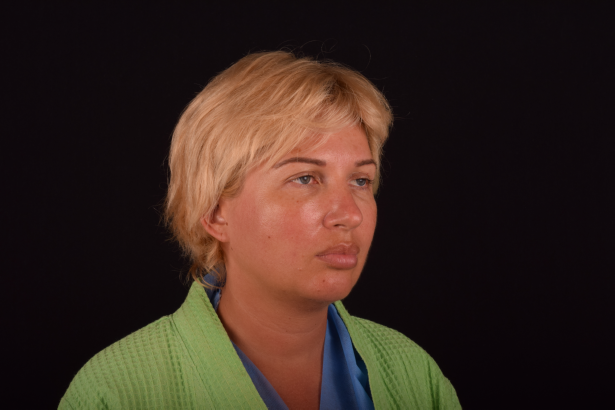
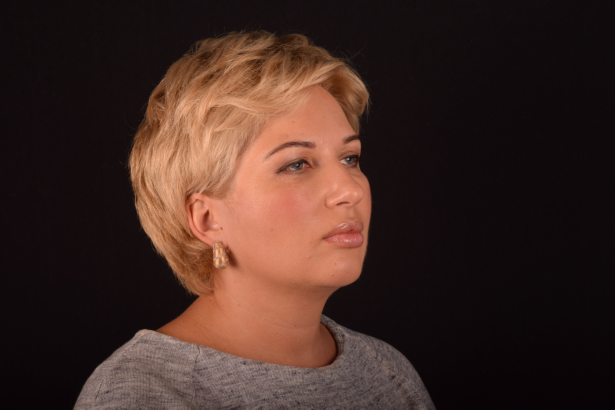
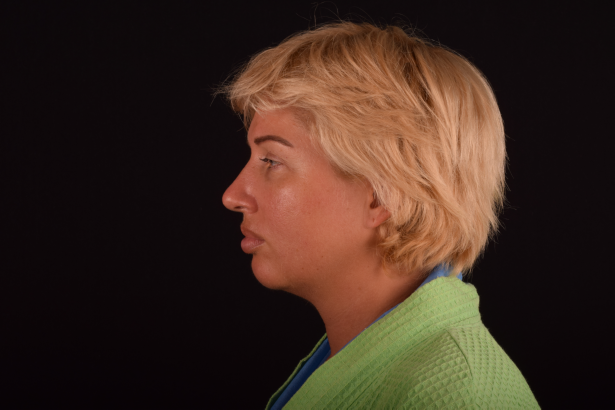
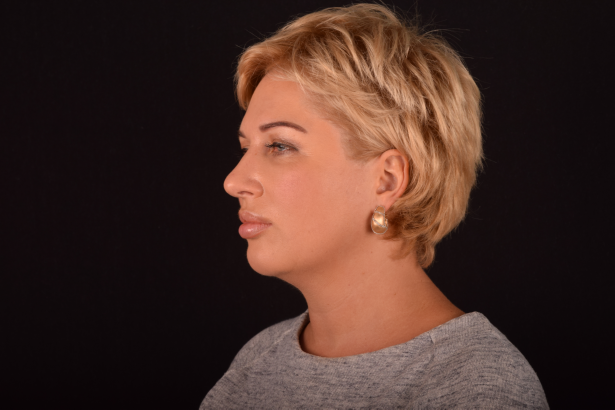
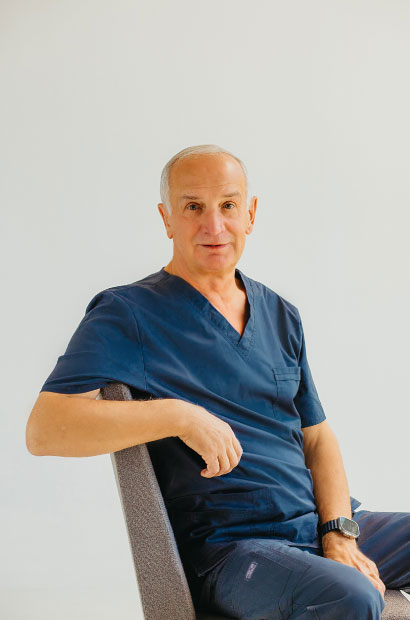
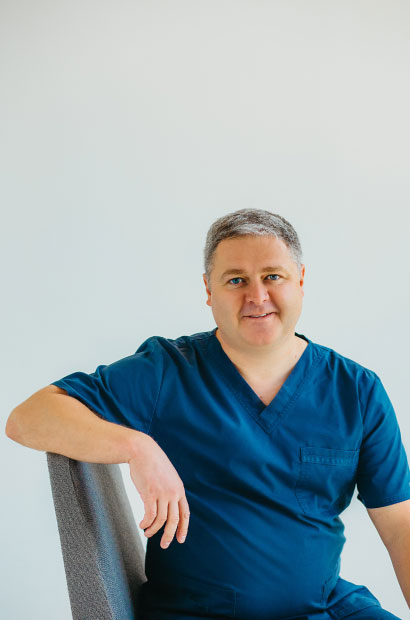
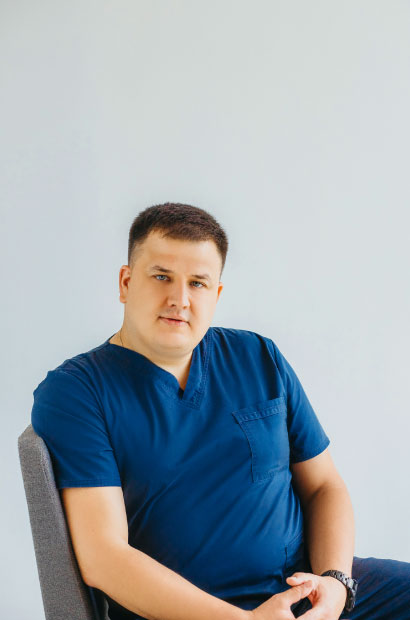
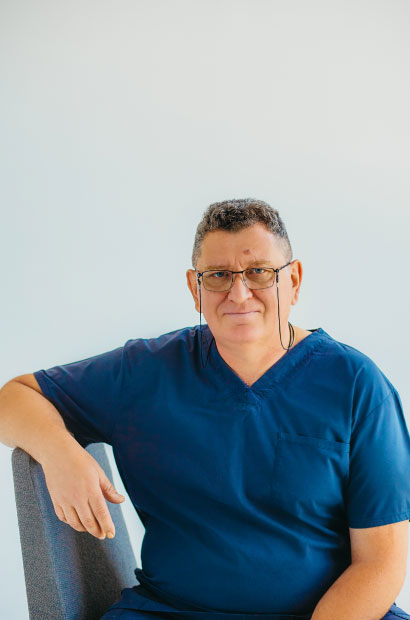
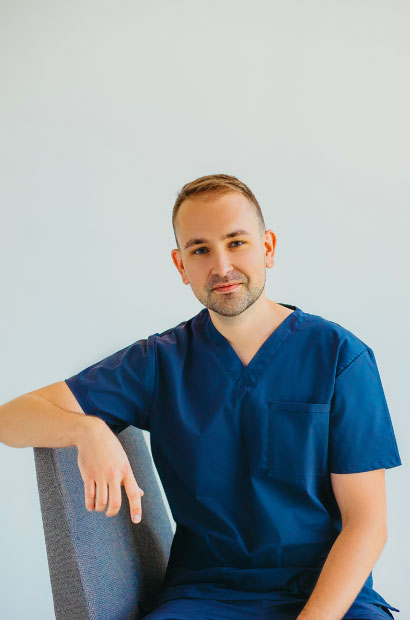
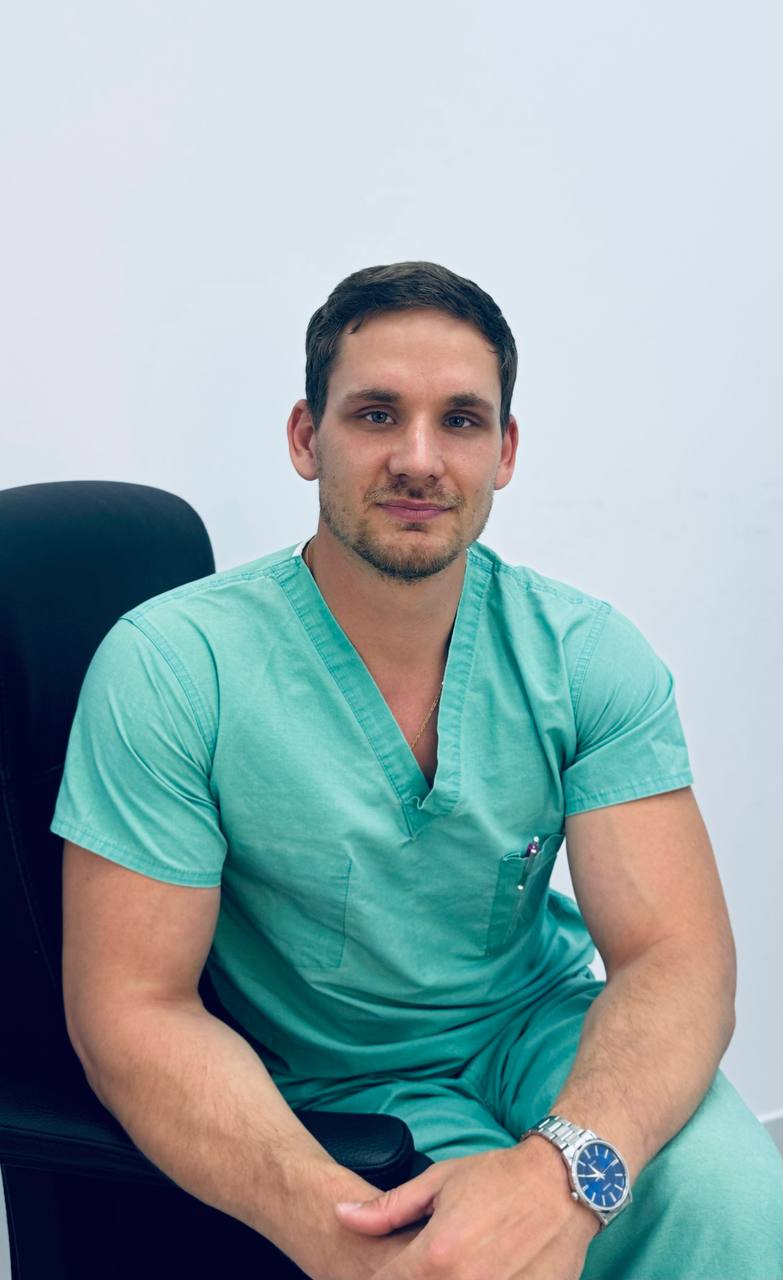




Add review